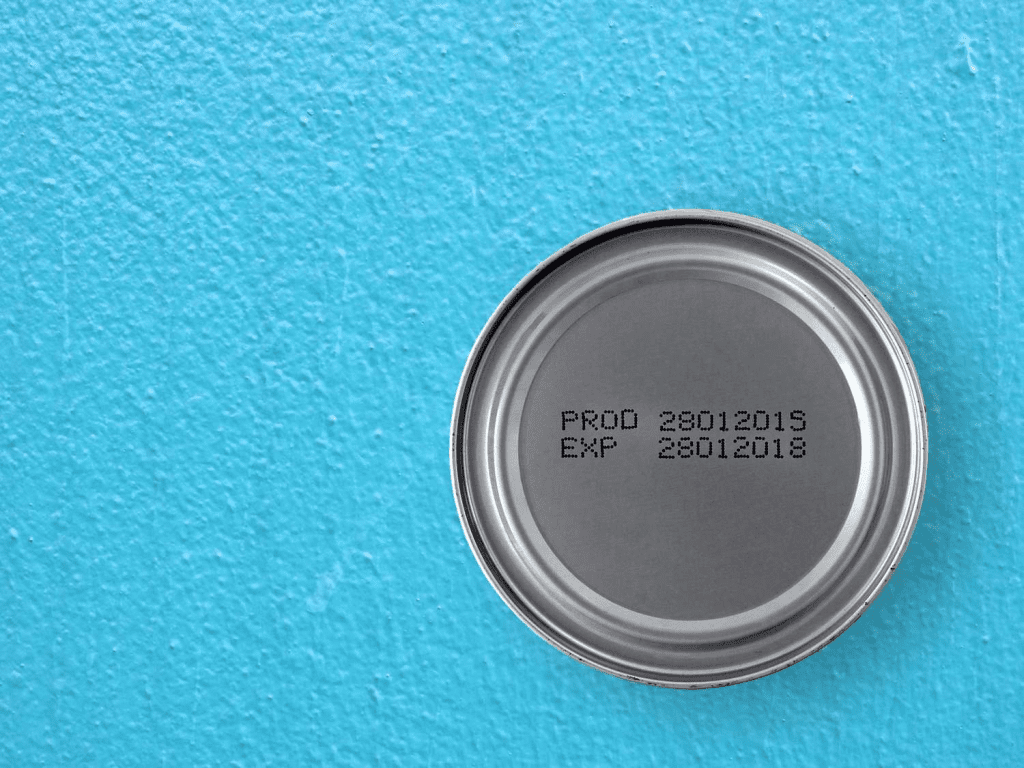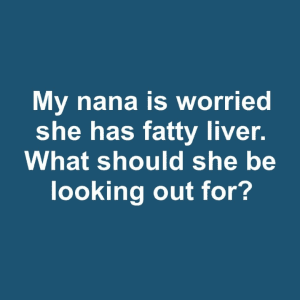Understanding the nuances of “Best By” or “Best Before” dates on canned goods can often be confusing. Many consumers mistakenly believe that these dates indicate when the food is no longer safe to eat, leading to unnecessary waste. However, these dates are not expiration dates in the strictest sense. Instead, they refer to the period during which the product is at its best quality. In this article, we’ll delve into what these labels really mean, and how you can safely use canned foods like corn, green beans, and tuna even after the “Best By” date has passed.

It’s important to understand that “Best By” or “Best Before” dates are not hard deadlines. These labels are provided by manufacturers to indicate the timeframe during which the product will be at its peak quality in terms of flavor, texture, and nutritional value. After this date, while the quality might start to decline, the food is often still safe to eat—especially when it comes to canned goods.
Canned foods are designed to have a long shelf life. As long as they are stored properly, they can remain safe and edible well beyond the “Best By” date. The key is knowing how to assess the condition of the can and the food inside it.
Canned corn is a common staple in many households, and it’s one of those foods that can last far beyond its “Best By” date. If stored in a cool, dry place and the can remains undamaged, canned corn can be safe to consume for 1-2 years past the labeled date. Over time, you may notice slight changes in flavor or texture, but these do not necessarily indicate that the corn has gone bad. As long as the can is intact and there are no signs of spoilage when you open it, the corn is likely still safe to eat.
Similar to canned corn, canned green beans can also outlast their “Best By” date by 1-2 years if stored properly. The key is to ensure that the can remains in good condition—no dents, rust, or bulging. These signs could indicate that the can’s seal has been compromised, which could lead to contamination. However, if the can looks good and the beans smell and look normal when opened, they should be fine to eat, even if the texture might be a bit softer than when they were fresh.
Canned tuna is another versatile pantry item with an impressive shelf life. When stored correctly, canned tuna can be safe to eat for 3-5 years beyond the “Best By” date. Tuna is packed in a way that allows it to maintain its safety and nutritional value over an extended period. However, as with all canned goods, it’s crucial to check for any signs of spoilage before consumption. If the can is undamaged and the tuna smells normal and has a typical appearance, it should still be good to go.
To safely enjoy canned goods that have passed their “Best By” date, follow this simple checklist:
- Inspect the Can: Check for any visible signs of damage such as bulging, rust, or leaks. These are red flags that the contents may be compromised.
- Smell and Appearance: Upon opening the can, take a moment to smell the food. If it smells off or you notice any unusual discoloration, it’s best to discard it.
- Texture and Taste: While some change in texture is expected over time, if the food tastes strange or has an odd consistency, it’s better to err on the side of caution and throw it out.
- Trust Your Instincts: If anything about the food seems off, don’t take the risk. It’s better to dispose of it than to risk potential foodborne illness.
Proper storage is key to extending the shelf life of your canned goods. Here are some tips to help you maximize the longevity of your pantry staples:

- Cool, Dry, and Dark: Store canned goods in a cool, dry, and dark place. Avoid areas where the temperature fluctuates significantly, as this can affect the integrity of the cans.
- Keep Cans Upright: Store cans upright to prevent the seals from being compromised. This helps maintain the integrity of the can and its contents.
- Rotate Your Stock: Practice the first-in, first-out method by placing newer cans behind older ones. This way, you’re more likely to use the older cans first, reducing the chance of them sitting in your pantry for too long.
- Handle with Care: Avoid dropping or damaging cans, as dents can weaken the structure and potentially lead to leaks or spoilage.
- Refrigerate Leftovers: Once opened, transfer any unused portions to a sealed container and refrigerate them. Consume these leftovers within a few days to ensure they remain safe to eat.
“Best By” dates on canned goods can be misleading if you don’t understand what they really mean. Rather than rushing to throw away cans that have passed their date, take the time to assess their condition. With proper storage and careful inspection, many canned foods can be enjoyed safely well beyond their “Best By” date. By being informed and cautious, you can reduce waste and make the most of the food in your pantry.


